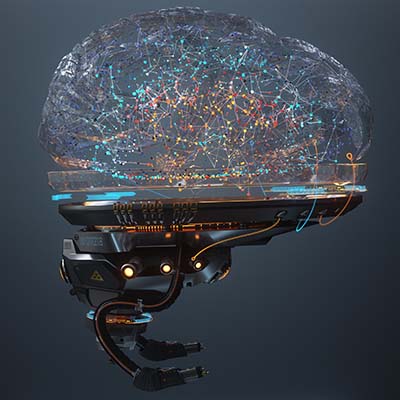
Science fiction shows artificial intelligence to be an entity compelled purely by logic, driven only by objective facts. AI tools used by businesses and in the real world, however, are a far cry from this perception. AI systems have some biases in their operations. Let’s take a look at some of them and how you can resolve these issues.
What Kind of Biases Have AI Systems Demonstrated?
There are several biases that AI can display. Here are some of them:
- Sampling Bias: This occurs when AI is only given part of a population or a selection of samples rather than a purely random process.
- Voluntary Bias: voluntary bias specifically refers to how a population’s results are artificially skewed by their willingness to participate.
- Design Bias: This bias is a flaw in the process itself which leads to flawed outcomes. In AI, the issue is most often found in the dataset.
- Exclusion Bias: This type of bias occurs when specific data is intentionally removed or omitted, and it ultimately yields fewer or less valuable insights.
- Label Bias: This bias occurs when the data is not labeled correctly. See below for the two types of label bias:
- Recall Bias: This form of bias appears in data that has been mislabeled and annotated inaccurately.
- Measurement Bias: This division of label bias is the result of inaccurately or inconsistently taken data points.
- Confounding Bias: This bias happens when external variables are pulled into the equation or directly influence your data set, leading to inaccuracies in the final product.
- Survivorship Bias: This type of bias occurs when only data that has made it through the selection process is considered. For instance, World War II researchers made this error when examining fighter jets to better reinforce them. By only examining jets that survived the trip back from a combat mission, the most useful information (where the planes that went down were hit) was ignored.
- Time-Interval Bias: This bias occurs when data from only a specified period of time is analyzed rather than the complete set.
- Omitted Variables Bias: This bias happens when data collected is cherry-picked and only certain variables are considered, thereby skewing the results.
- Observer Bias: This is essentially confirmation bias, where an individual only considers data that matches their own values or goals rather than the complete set.
- Funding Bias: This variety of observer bias comes when the interests of a financial backer leads to the data being skewed.
- Cause-Effect Bias: This is when correlation is mistaken for causation, or when two events happening at the same time are thought to be because of each other without taking into consideration other factors.
- Model Over/Underfitting: This bias occurs when the analytical system, or model, can’t see the big picture or is not able to grasp patterns appropriately.
- Data Leakage: This occurs when two sets of data that are to be compared share data, like when you are comparing a certain time period to your predictions.
Where Do These Biases Come From?
In most cases, these biases are formed from the system or, more specifically, the user of that system.
AI Bias is Just an Extension of Human Bias
Whether it is error based on prejudice or assumption, most biases can be traced back to the user. For example, let’s say that you want to determine the most important part of your services to your clients. In this oversimplified example, the algorithm powering the AI could be perfectly put together, yet the data used could muck up the results. For instance, if the data was specifically and exclusively collected from Facebook followers, then the accuracy of the data will be skewed in a certain way (sampling bias and voluntary bias, as your followers need to opt into providing you with this data).
This is but one example of AI being unable to perform its assigned tasks, so to prevent this from happening, you must approach the design of your AI systems with an awareness and willingness to avoid biases.
That’s right—it takes human awareness to help AI do its job in an appropriate manner.
How Can Bias Be Avoided in AI?
You can take certain steps to keep biases from impacting your AI systems. There needs to be a capability for a human being to observe the processes and catch its mistakes, as well as the opportunity to update the systems to accommodate any adjustments as needed. There must also be standards placed on the data collected to ensure that opportunities for bias are minimized.
Your team members will also have to remain aware of these biases while they are working with your data. These biases are generally sourced from human biases, meaning that they can influence your business even if you aren’t using an AI system. In other words, you need to make sure that your staff are both aware of and actively avoiding these biases when processing, collecting, and analyzing data.
What are your thoughts on AI and its uses in the business world? Be sure to leave your thoughts in the comments.
